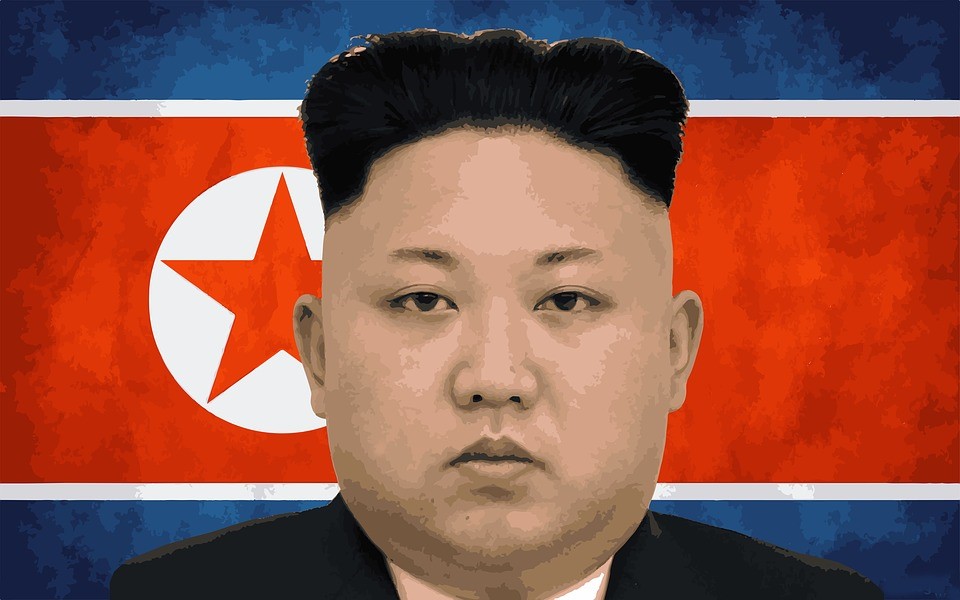One upmanship among nuclear-armed nations is dangerous. When the game is played by a third world autocrat of an autarkic state intend on getting the attention of the free world, it is a calamity waiting to happen. North Korean President Kim Jung Un recently ordered his military to test fire a series of eight ballistic missiles. Unchecked since the failed Clinton Administration policy, Kim has continued to build and test nuclear-capable missiles that have according to arms experts, “the potential to reach the continental United States in the near future.”
In response to this latest test, a day later South Korea and the US test-fired eight ballistic missiles. This unofficial arms race has been going on for several years. In 2019, North Korea lifted a “self-imposed” ban that had been in effect for two years. In the first half of 2022, Kim already has launched over 30 missiles, breaking its previous record of 25 in 2019. Arms experts are predicting that he is getting ready to conduct another nuclear test soon. Each time North Korea launches a missile or explodes a nuclear bomb it accelerates the development of its nuclear weapons and provides the North with valuable information to enhance its ballistic missile program. As the arms race heats up it brings the world closer to potential nuclear war if Kim Jung Un’s threats are to be believed.
Last week, at a Central Committee meeting of the Worker’s Party, Kim defended his country’s military buildup, which now includes development of submarine-launched ballistic missiles, hypersonic cruise missiles, and according to Lami Kim of the publication War on the Rocks, a sophisticated national defense system. “Driving the arms race on the Korean Peninsula is what I call a “double asymmetry of power”: an asymmetry at both the nuclear and conventional levels,” he says. Lacking a nuclear weapons program South Korea is enhancing its conventional capabilities. Without any method to accurately assess the security domain or intent of each country both are continuing to build more weapons in a classical security dilemma.
What is significant about the North’s May 25 missile test is that it appears aimed at fixing the re-entry problems discovered in its 2017 tests. The Hwasong 17, nicknamed the “monster missile,” is capable of carrying a large payload typically needed for a multiple re-entry vehicle. This test was conducted from a mobile launcher which experts say makes it even more difficult to target, according to Lami Kim. What is perhaps mots disconcerting is that the aim is to enhance North Korea’s second-strike capability.
Seoul is totally dependent on a credible US nuclear umbrella to protect the country. Since the Korean conflict in the 1950’s the US has provided Seoul an extended deterrence which eliminated the need for it to develop its own nuclear program. A recent Chicago Survey conducted among South Koreans found that an astonishing 71% supported nuclear armament for the country. There are significant obstacles to creating a nuclear program, including the lack of a fissile material production capability, the loss of US protection, especially during the years its takes to develop a program, and potential global sanctions that could destroy its export-led economy.
Another avenue the South may pursue, given the enormous security and economic costs of a military program, is nuclear hedging, which Lami Kim says is “a viable option for the relatively rapid acquisition of nuclear weapons but stopping short of their development. Though it’s hard to prove, President Moon Jae-in seems to have pursued such an option by preparing to build nuclear-powered submarines, ostensibly to counter North Korea’s submarine-launched ballistic missile capability.” Since the US objects to such a program the South has deterred it to date. Most likely Seoul will continue with its three-pronged defense strategy. This strategic strike system consists of a Kill Chain strategy of preemptive strikes against North Korean nuclear missiles prior to launch, the Korean Aerial Missile Defense system, and the Korean Massive Punishment and Retaliation strategy (KMPR). The goal of KMPR is to take out the North Korean leadership. Lami Kim says that “under these conditions of double asymmetry, a continued, unabated arms race on the Korean Peninsula is a near-certainty.”
Daria Novak served in the U.S. State Dept.
